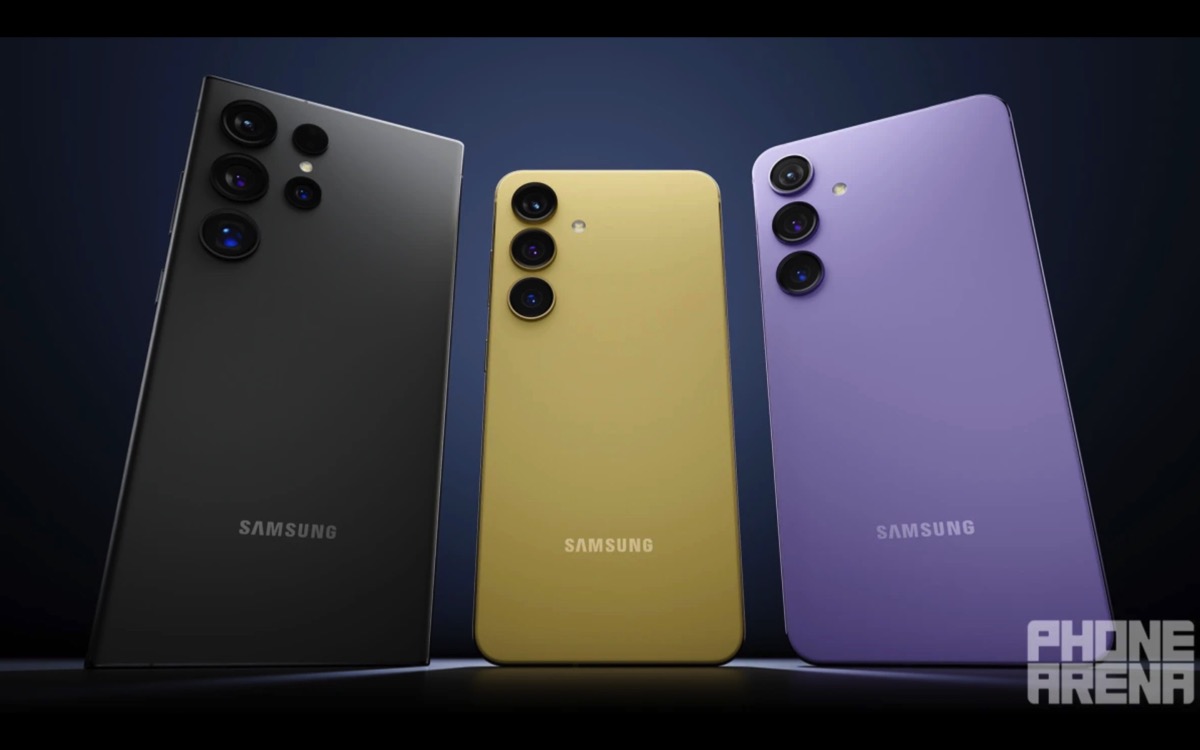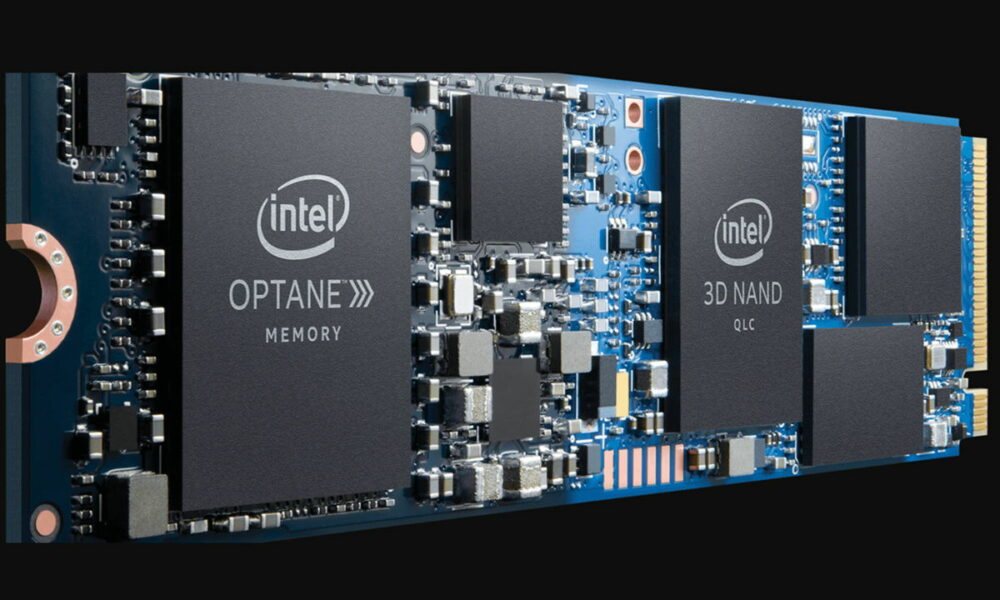
Samsung’s Galaxy S24 might ditch satellite SOS, a feature praised for saving lives. Is it a missed opportunity or a calculated delay? Explore the reasons behind this decision, its implications for the future of emergency mobile tech, and who might emerge as the leader in this crucial race.
The smartphone world is abuzz with anticipation for the arrival of Samsung’s next flagship, the Galaxy S24. Leaked specs tout camera upgrades, a powerful processor, and a sleek design, but a crucial feature seems to be missing: two-way satellite connectivity for emergencies.
This absence, if confirmed, would be a stark contrast to Apple’s iPhone 14, which boasts this life-saving technology, leaving many wondering why Samsung might be lagging behind.
A Feature with Glowing Reviews:
Apple’s Emergency SOS via satellite feature allows users to send and receive basic text messages directly to emergency responders even in areas where cellular networks are unavailable.
This potentially life-saving technology has already been credited with assisting in rescues and locating missing individuals. The feature’s success has undoubtedly fueled the public’s desire to see similar functionality in other flagship devices, including Samsung’s upcoming S24.
Samsung’s Murky Waters:
While Samsung has actively explored and demonstrated its own satellite communication technology, integrating it into the Galaxy S24 lineup remains shrouded in uncertainty.
Recent reports suggest that testing of the S24 in South Korea has been conducted without any mention of satellite features. This lack of clarity has sparked concerns that the highly anticipated functionality might be missing altogether.
Possible Explanations for the Disconnect:
Several factors could explain Samsung’s seemingly cautious approach to satellite connectivity:
- Technological Hurdles: While Samsung has showcased its own satellite communication technology, it’s possible the technology isn’t yet ready for mass deployment. Refining its reliability, ensuring global compatibility, and building robust infrastructure could all take time.
- Cost Considerations: Implementing and maintaining a satellite communication network is a significant financial undertaking. Samsung might be opting for a more measured approach, analyzing the long-term cost-benefit ratio before committing fully.
- Focus on Existing Networks: Samsung could prioritize improvements to existing cellular networks like faster 5G speeds and wider coverage areas. This strategy might offer a more immediate and practical solution for most users, especially in regions with well-developed cellular infrastructure.
- Competition and Timing: Other smartphone manufacturers are also exploring satellite connectivity, creating a competitive landscape. Samsung might be waiting to see how these early implementations fare and refine its own approach before entering the fray.
The Galaxy S25 as the Satellite Hope?:
While the potential absence of satellite connectivity on the Galaxy S24 might be disappointing, industry insiders suggest that Samsung might introduce this feature in the following generation, the Galaxy S25.
This could allow Samsung valuable time to overcome technological hurdles, optimize its technology, and assess the market’s response to competitor offerings.
Beyond the Headlines: A Broader Perspective
The debate surrounding the Galaxy S24’s missing satellite feature goes beyond a mere technical detail.
It raises crucial questions about the future of mobile communication, the role of technology in emergency situations, and the balance between innovation and practicality.
- The democratization of life-saving technology: Satellite communication holds immense potential to democratize access to emergency assistance, especially in remote areas or during natural disasters. However, ensuring affordability and accessibility remains a critical challenge.
- The ethical considerations: Concerns exist about the potential for misuse of satellite connectivity for surveillance or tracking. Striking the right balance between safety and privacy will be crucial as this technology evolves.
- The race to the top: The competition between smartphone giants like Samsung and Apple in this space could accelerate innovation, leading to faster development and more robust solutions for consumers.
Conclusion: A Waiting Game with Uncertain Outcomes
While the Galaxy S24’s potential lack of satellite connectivity might be a setback, it’s crucial to remember that this technology is still in its early stages. Samsung’s strategy might be focused on ensuring a responsible and effective implementation rather than rushing to market.
Ultimately, the future of satellite connectivity in smartphones hinges on overcoming technological challenges, addressing ethical concerns, and finding a sustainable business model. The wait for the Galaxy S24 might not hold the answer, but it could be a crucial step in the evolution of this life-saving technology.



